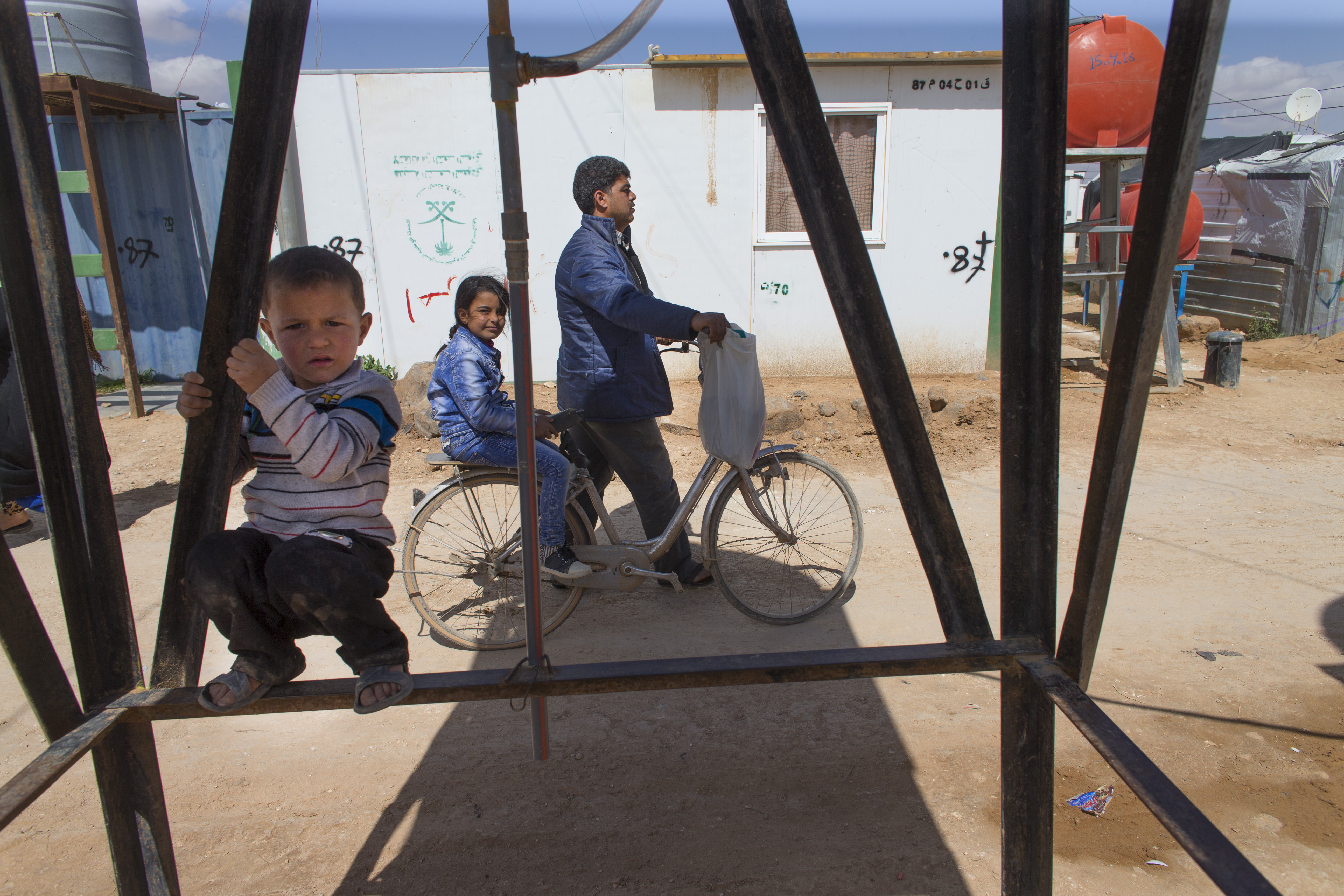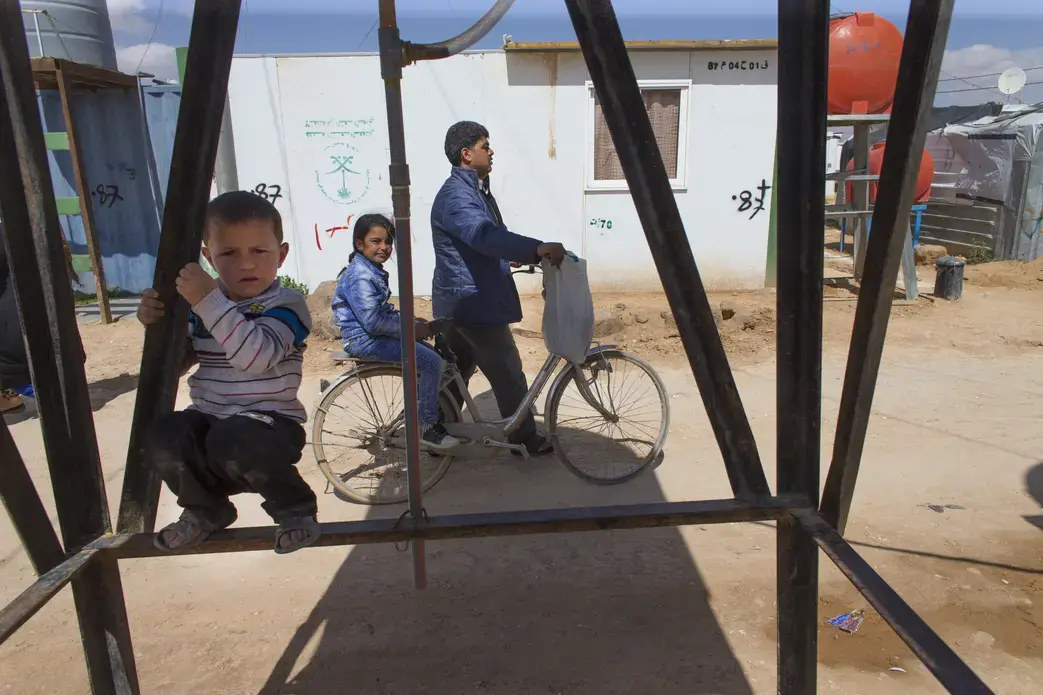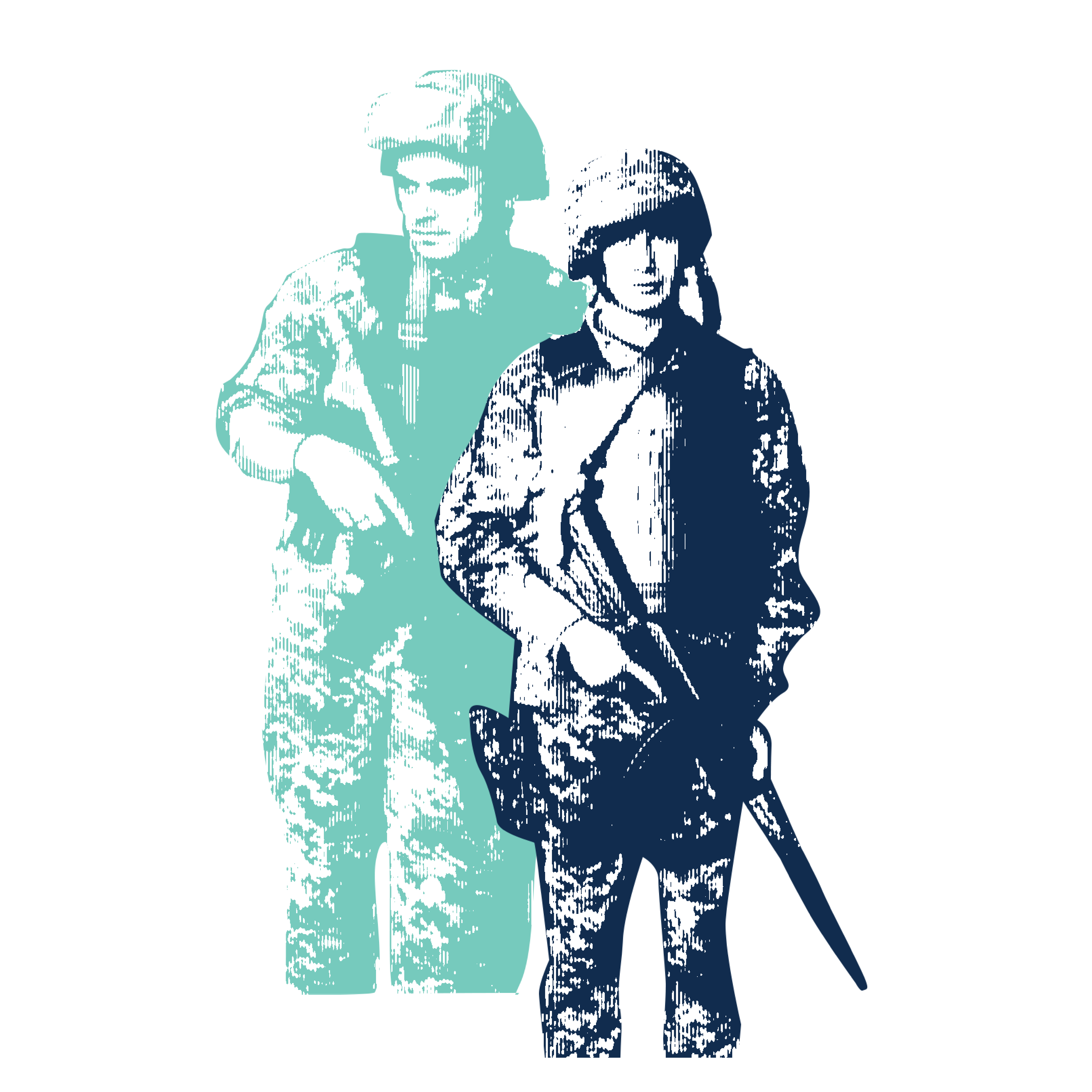ZAATARI REFUGEE CAMP, Jordan– It's the most challenging and unique environment I have ever worked in.
A good still photograph is one that captures a moment that would otherwise slip between the cracks. You're looking for images that accurately reflect what is going on, images that are metaphor.
You need rapport with your subjects, in order to slip into the background.
That's a difficult proposition in a place where you don't speak the language and it's easy to have cultural misunderstandings.
I have business cards printed in English on one side and Arabic on the other to help explain what I am doing and where I am from.
But I find myself relying more on our interpreter, Ihab Muhtaseb, who lived in the United States for 20 years before moving to Jordan. Beyond the language barrier, he can pick up social cues I would otherwise miss.
There are many images I am unable to make that would benefit the story.
Many women do not want to be photographed. Some refugees are reluctant to give their names because their fear reprisals against family members still in Syria.
The best light to make a photograph is during the so-called the "golden hours," an hour before or after sunrise and sunset. But the United Nations High Commission on Refugees only allows journalists in the camp from 9 a.m. to 3 p.m.
The only way to capture the sprawl of this dusty, but organized, city of 85,000 people living in metal containers is from the air. But the Jordanian Air Force will not grant permission—though last month the BBC was able to get a ride in a helicopter over the camp after interviewing the king.
It's easy to make photos of children, but more important to make photos families.
None of these challenges are insurmountable. I just have to be patient.









